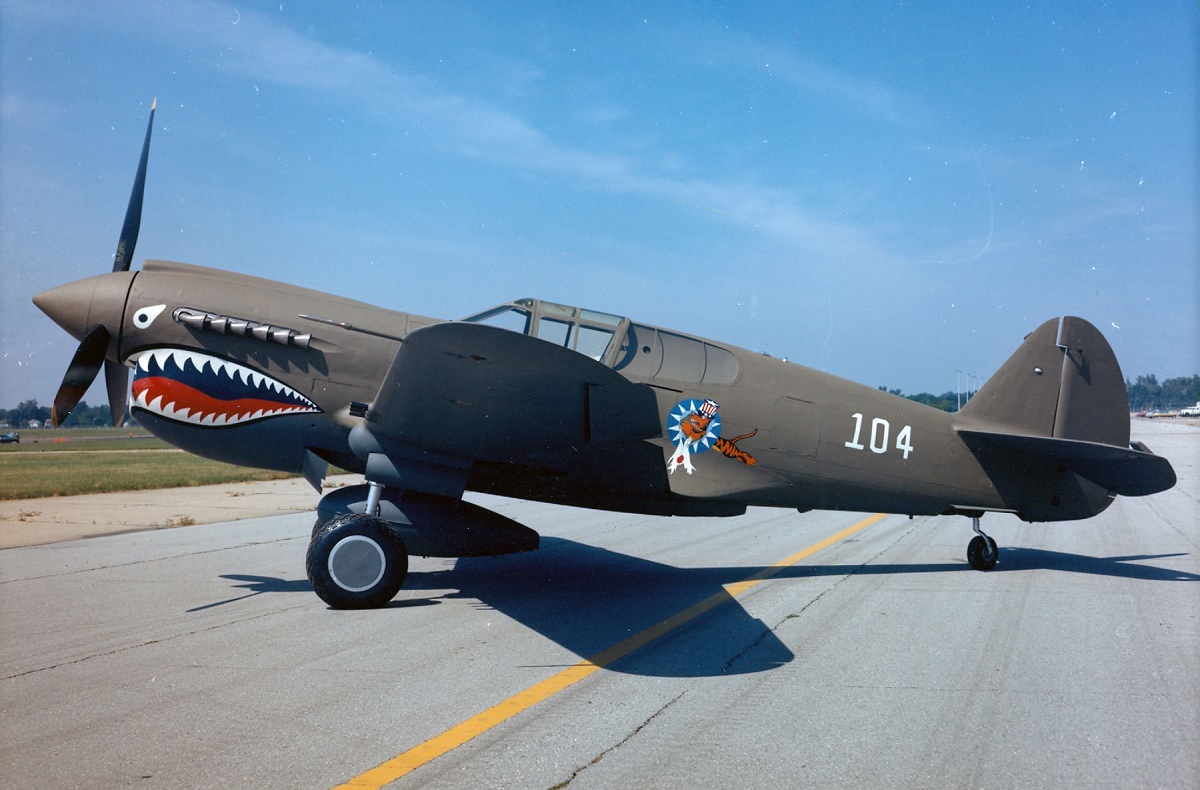23d FG A-10C Warthogs are tasked with maintaining the legacy of the Flying Tigers
Four U.S. Air Force (USAF) A-10C Warthog aircraft and crew members visited Shepherd Field Air National Guard Base in Martinsburg, West Virginia, on April 5–20 to pay tribute to the late Peter Atkinson, a pilot for the illustrious American Volunteer Group (AVG), popularly known as the Flying Tigers.
Atkinson’s re-interment ceremony took place on April 8 at noon, and the A-10s from the 23d Fighter Group (FG) flew a missing man formation over Rosedale Cemetery in Martinsburg.
Atkinson, the oldest of seven children, passed away on October 25, 1941, while flight testing a Curtiss P-40 aircraft for the AVG, according to Senior Master Sgt. Emily Beightol-Deyerle of the 167th Airlift Wing, whose account was included in the article A-10s memorializes the original Flying Tiger. He was 25 at the time.
The 23d FG stationed at Moody AFB in Georgia was chosen to preserve the legacy of the Flying Tigers.
For several weeks prior to the ceremony, Maj. Lindsay Fletcher, Executive Staff Officer for the 167th Airlift Wing, collaborated with the 23d FG and the Atkinson family. The day before the burial, she planned a trip for Atkinson’s family members to see the A-10s and get to know the crew.
Fletcher added that the family had a special bond with the 23d FG because Peter Atkinson’s younger brother Edward served as a Flying Tigers pilot. He also passed away during World War II.
Peter Atkinson served in the Army Air Corps from 1939 to 1941 before accepting a job offer from the Central Aircraft Manufacturing Corporation, a Chinese defense contractor. The AVG, then the Flying Tigers, were the name given to him and the other airmen with whom he worked.
The Flying Tigers were tasked with protecting China from the Japanese and are credited for maintaining the Burma Road and the port of Rangoon, Burma, during a crucial period prior to the war.
Because of the shark face on the front of the fuselage and the winged tiger on the side of their P-40s (P for pursuit), the squad earned the moniker “Flying Tigers.”
The AVG’s aircraft were transported in crates on freightliners to Burma, they were assembled and test flown at Rangoon and then delivered to the AVG’s training unit at Toungoo.
Just before reaching the airfield, the aircraft Atkinson was testing broke apart in flight. Atkinson was laid to rest in the Airmen’s Cemetery at Toungoo’s St. Luke’s Anglican Church.

Given that the cemetery headstones were destroyed by the Japanese during WWII, Atkinson and the bodies of two other AVG pilots were moved to a cemetery in India following the war. When that cemetery closed the remains were moved to the National Memorial Cemetery of the Pacific, also known as Punchbowl Cemetery, in Honolulu, Hawaii.
Since Atkinson’s and the other pilot’s identities had been lost through the movement, their plot at Punchbowl was marked “unknown.”
In 2013, an employee at Punchbowl Cemetery, began to identify missing AVG pilots: after significant research and DNA analysis, Atkinson’s remains were identified and plans were made to bring him back to Martinsburg to be re-interred.
Atkinson’s body was flown from Hawaii to Dulles International Airport, on Apr. 3.
“Capt Atkinson wasn’t married and didn’t have any children, but his legacy has been carried down from generation to generation,” said Fletcher, who attended the plane-side transfer at the airport and the re-interment ceremony. “Watching all the family members from little kids to his adult nieces and nephews come together to celebrate his return home was a bittersweet moment.”

Photo by U.S. Air Force and Senior Master Sgt. Emily Beightol-Deyerle / U.S. Air National Guard

